Mount Chocorua

Location: Albany, New Hampshire/USA
Elevation: 3,478ft
Note: At the southern edge of The White Mountain National Forest of New Hampshire, sits the rocky, Pine-covered-peak of Mount Chocorua. The White Mountains are part of the grand Appalachian Trail, which runs 1500 miles south, all the way to Mount Springer in Georgia. About 50 miles directly north of Chocorua is the largest and most famous of the White Mountains, Mount Washington, standing at 6,289 ft. In the 50 miles between Chocorua and Washington are nearly a dozen seemingly animated peaks, all of which can be seen from a stellar vista at the top of Mount Chocorua, some 3,478 ft high.
Trail: Starting out, take Rt 16 to Moulton Drive in New Hampshire, which is a short length dirt road located behind an old antique store. Moulton Drive takes you to the Car Park for ‘Piper Trail’, the best approach at Chocorua Mountain. Start as early as you can, and bring plenty of water, New Hampshire in the Summer can be hot and humid. It is about 3.5 miles to the peak, so be ready for a solid seven mile hike, including a challenging rocky incline to get above the treeline.
At the beginning of Piper Trail you are enveloped by tall White-Pines, rusty colored Red Spruces, Ash, and Balsam trees. Further up the trail, bright Birch groves appear like miniature pillars protesting the hazy green shimmering of millions of leaves. After about a mile, you will cross the Chocorua River, and begin the slight elevation. This slight incline runs along a pristine forest ledge which carries a cool breeze through the shade. As you continue you will come across free-sitting-boulders beside the trail, which are mingled with the vast hedges running straight up the mountain. These glades continue northeast and west, rolling for 60 protected miles that contains Black Bears, Caribou, and White Tail Deer.
As you continue you will come across free-sitting-boulders beside the trail, which are mingled with the vast hedges running straight up the mountain. These glades continue northeast and west, rolling for 60 protected miles that contains Black Bears, Caribou, and White Tail Deer. Like so many of the trails in New England, rocky staircases which are cut out of the mountain will begin to appear. At the base of many of these carved stairs there are triangular stones often marking the trail. It is a phenomenon that is found all throughout New England.
Like so many of the trails in New England, rocky staircases which are cut out of the mountain will begin to appear. At the base of many of these carved stairs there are triangular stones often marking the trail. It is a phenomenon that is found all throughout New England.
 Here are three 8 foot tall equilateral-triangle megaliths at Five Ponds Loop Trail in Baxter State Forest in Maine, in the shadow of Mount Katahdin. It’s as if the overgrowth on the stones knows its not supposed to grow on these flat cut surfaces.
Here are three 8 foot tall equilateral-triangle megaliths at Five Ponds Loop Trail in Baxter State Forest in Maine, in the shadow of Mount Katahdin. It’s as if the overgrowth on the stones knows its not supposed to grow on these flat cut surfaces. The front side of these stones are absolutely smooth, with a face cut like a knife through cake, while the back sides are arched and rounded. A profile view of the triangle stones is in the far left image. See how the hedge inundates the back, but the face is not touched? And these three stones are identical, lining the pathway like signs on a highway.
The front side of these stones are absolutely smooth, with a face cut like a knife through cake, while the back sides are arched and rounded. A profile view of the triangle stones is in the far left image. See how the hedge inundates the back, but the face is not touched? And these three stones are identical, lining the pathway like signs on a highway. The chances of this are gastronomical. If I had not hiked almost every trail in Massachusetts and seen the triangular phenomenon for myself, I would have a hard time believing it, but time and time again it shows up, and is becoming impossible to deny.
The chances of this are gastronomical. If I had not hiked almost every trail in Massachusetts and seen the triangular phenomenon for myself, I would have a hard time believing it, but time and time again it shows up, and is becoming impossible to deny. This “cut-face” style is very much like certain types of Celtic standing stones in Glenveagh National Park in Ireland, and Watatic Mountain in Massachusetts, which have stones with smoothly cut faces, supported by large rounded rears. Here is a look at one of the diamond shape “cut-face” stones at Glenveagh, with a profile view, and the frontal view (white stone below). I believe these are anthropological stones, cultural statements, not random. The meaning of the triangle requires more
This “cut-face” style is very much like certain types of Celtic standing stones in Glenveagh National Park in Ireland, and Watatic Mountain in Massachusetts, which have stones with smoothly cut faces, supported by large rounded rears. Here is a look at one of the diamond shape “cut-face” stones at Glenveagh, with a profile view, and the frontal view (white stone below). I believe these are anthropological stones, cultural statements, not random. The meaning of the triangle requires more
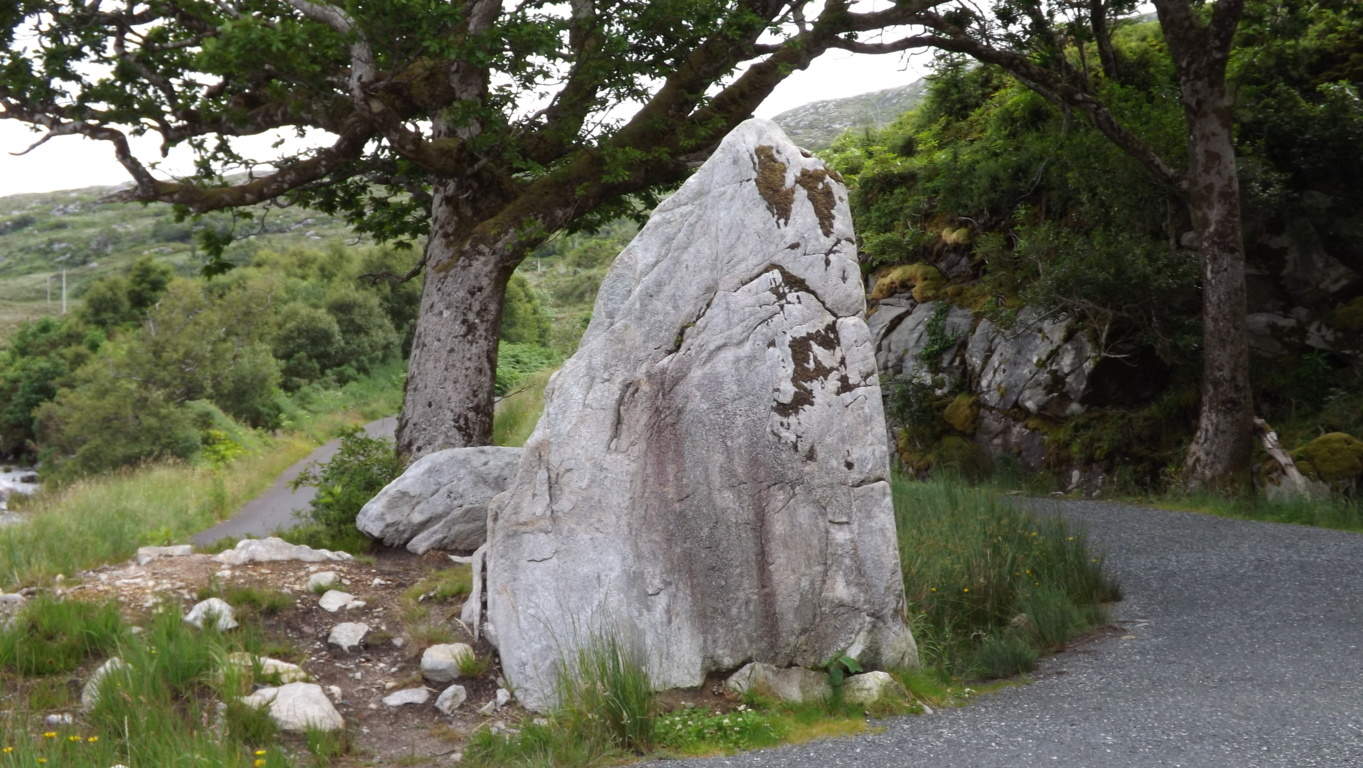

explanation, and will be explored in a separate post. Continuing on at Mount Chocorua, the small triangle will mark your first stone staircase. As you begin to climb, Chipmunks and Squirrels scatter in every direction, storing acorns under the warm stones.
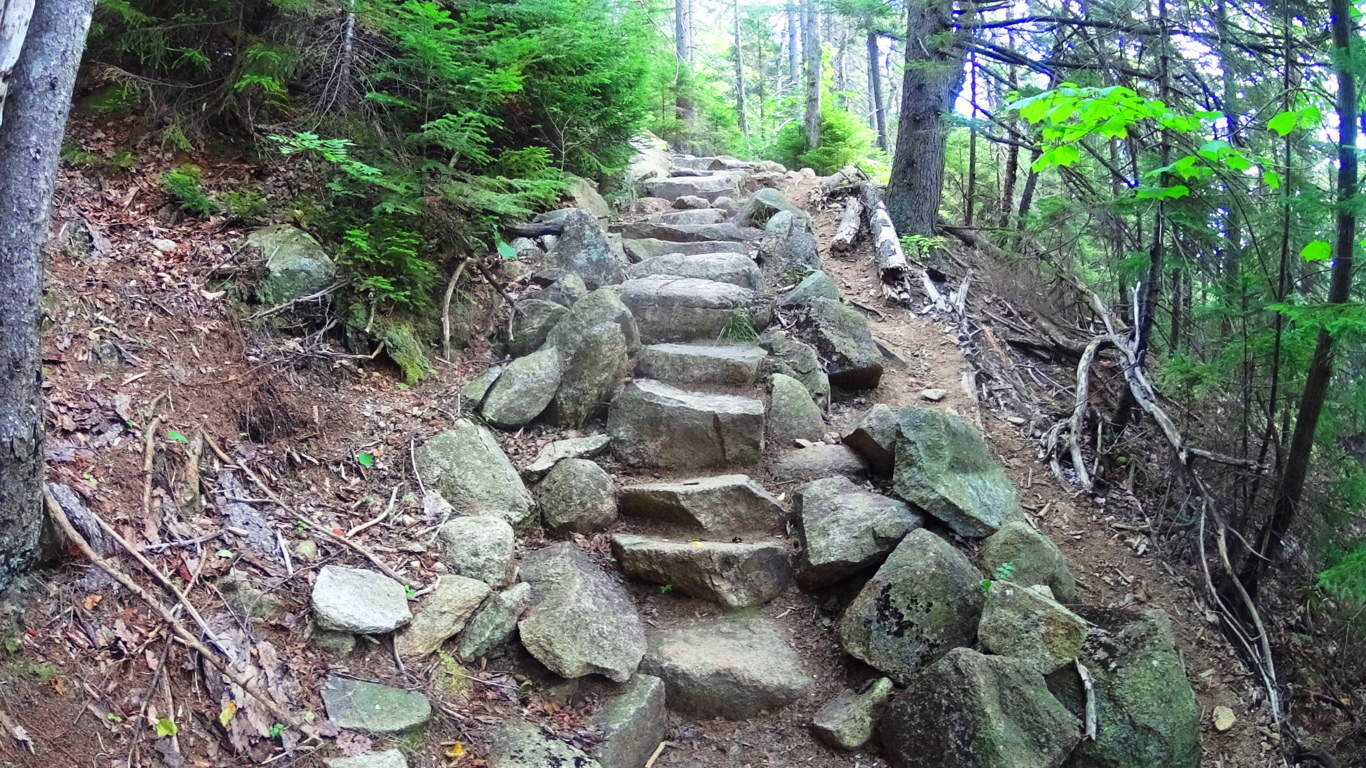
Ascending this stair you will begin to come across ‘signature cross sections’, or ‘X’s’, that also appear mysteriously at trails throughout New England. Here is a cross section along the trail at Chocorua on the left, and a cross section at Mount Watatic on the right.


Further up “Piper Trail”, (as if this isn’t strange enough) is another ‘cross section’, but one-quarter portion of its total figure has been cut out, and moved several feet down the trail, like a giant puzzle piece. This is clearly a stylized craftsmanship, like fitted blocks.

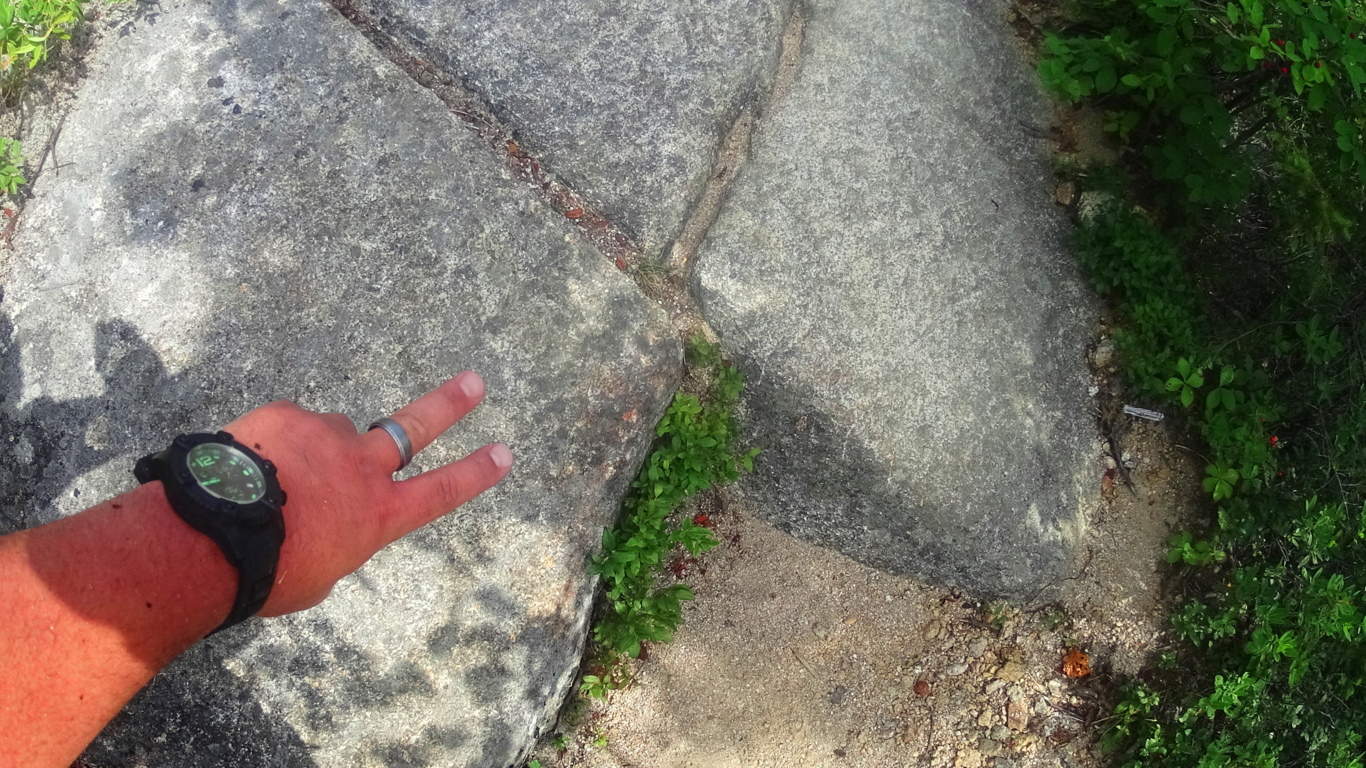
The stairway has many “signature” type stones, indicating that someone is leaving a stylized mark on this pathway. After several stairways you will come to the large boulder-porches that begin to break the treeline.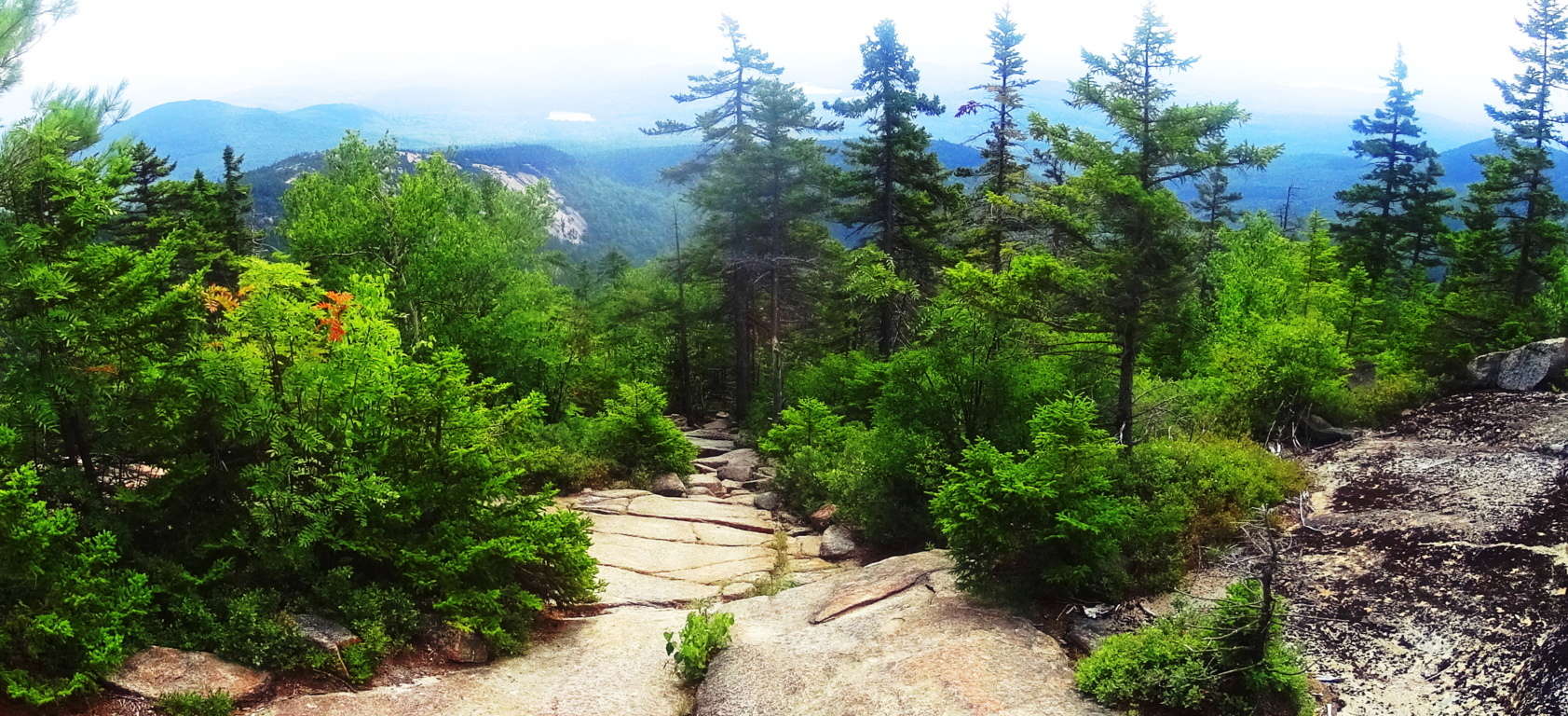 The mid-portion of this hike is a trek on boulder-porches and tight pathways. The view becomes beautiful, looking south into Massachusetts and the river-valley below. The ever rolling aspect of these mountains is more clearly revealed, with a slightly blue hue on the peaks that mingle with the sky in the peripheral distance.
The mid-portion of this hike is a trek on boulder-porches and tight pathways. The view becomes beautiful, looking south into Massachusetts and the river-valley below. The ever rolling aspect of these mountains is more clearly revealed, with a slightly blue hue on the peaks that mingle with the sky in the peripheral distance.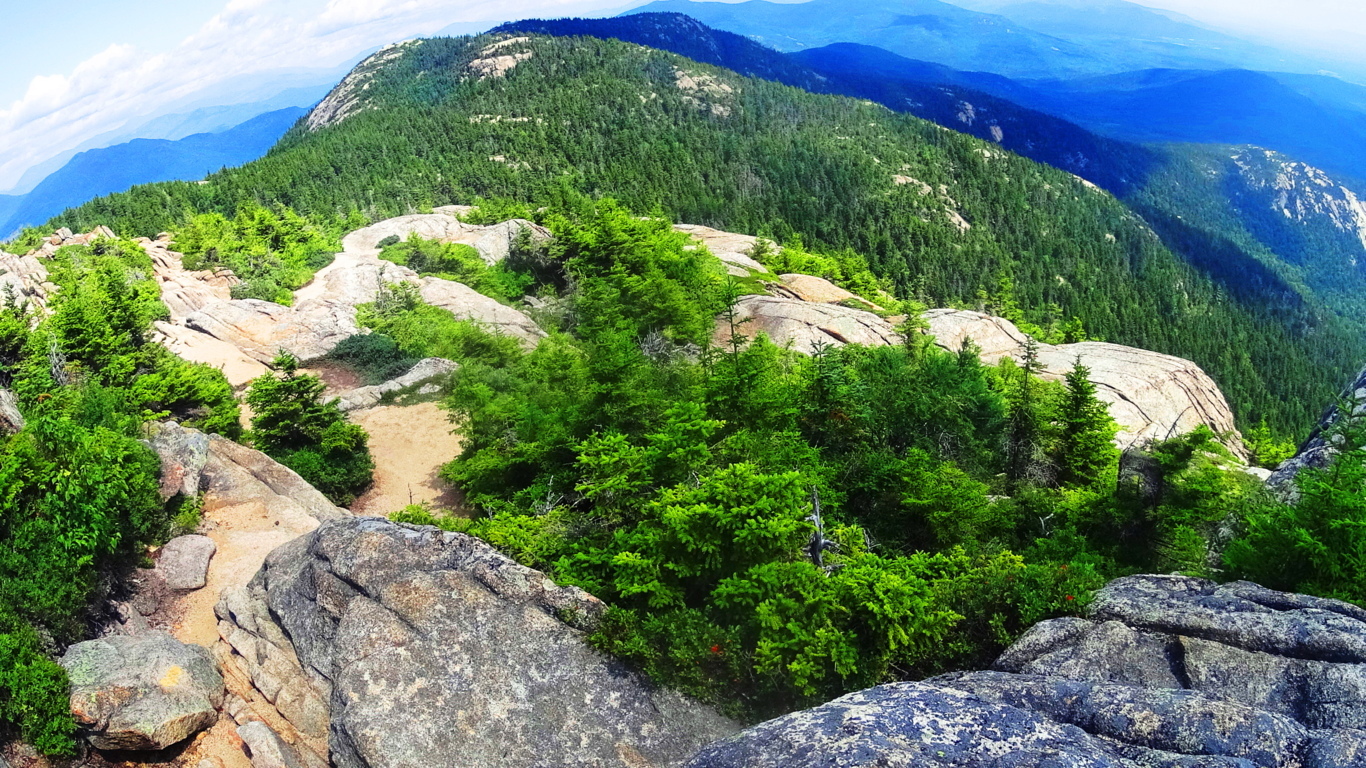 Turning your attention towards the peak, you will reach a ‘crossroad’ of choices in a glade just before the final ascent. There is a wooden sign that points to the pathway leading north, further into the forest, and an arrow pointing left, to the peak. As you follow the Peak Trail sign you will arrive at a stunning boulder-ledge that mingles with White Pines, running roughly 150 steep yards, straight to the peak.
Turning your attention towards the peak, you will reach a ‘crossroad’ of choices in a glade just before the final ascent. There is a wooden sign that points to the pathway leading north, further into the forest, and an arrow pointing left, to the peak. As you follow the Peak Trail sign you will arrive at a stunning boulder-ledge that mingles with White Pines, running roughly 150 steep yards, straight to the peak. There is a singular massive boulder that is set in place in a distinctly different way from the others, with several incised lines around its sides sitting just before the final ledge. This may very well be a type of Dolmen. Continuing beyond this mysterious stone you will arrive at the top.
There is a singular massive boulder that is set in place in a distinctly different way from the others, with several incised lines around its sides sitting just before the final ledge. This may very well be a type of Dolmen. Continuing beyond this mysterious stone you will arrive at the top. Take your time here, and enjoy the cool crosswind along with a spectacular view. White Mountain National Forest is unveiled.
Take your time here, and enjoy the cool crosswind along with a spectacular view. White Mountain National Forest is unveiled. The peak of Chocorua is a 360 degree porch, and it is also a dragonfly haven! There is a standard official mountain-marker at the highest point if you wish to touch it, as many hikers do to complete their hike.
The peak of Chocorua is a 360 degree porch, and it is also a dragonfly haven! There is a standard official mountain-marker at the highest point if you wish to touch it, as many hikers do to complete their hike.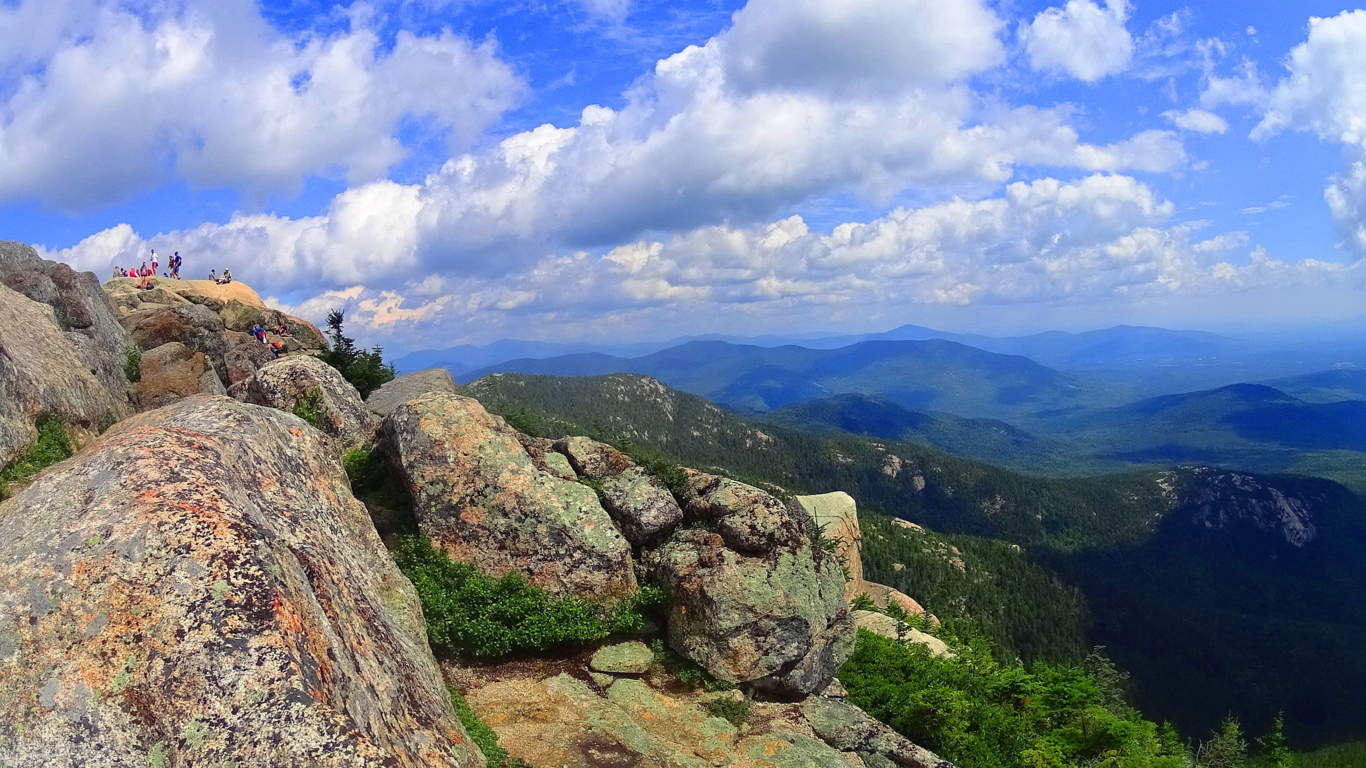 The clouds roll cumulus into the states beyond, and the sun is warm on the boulders of the peak at Mount Chocorua. Climbing this mountain is absolutely a significant accomplishment. I have found many Celtic mountains to be less challenging than this White Mountain gem. New Hampshire is a wonderful place, with a vast natural habitat well worth exploring. It is comparable to places like The Mourn Mountain Range in Ireland, and The Glenveagh Mountains in north Ireland. If you give the White Mountains a chance you could very well fall in love with the classic New Hampshire countryside. Find your way, and go strong.
The clouds roll cumulus into the states beyond, and the sun is warm on the boulders of the peak at Mount Chocorua. Climbing this mountain is absolutely a significant accomplishment. I have found many Celtic mountains to be less challenging than this White Mountain gem. New Hampshire is a wonderful place, with a vast natural habitat well worth exploring. It is comparable to places like The Mourn Mountain Range in Ireland, and The Glenveagh Mountains in north Ireland. If you give the White Mountains a chance you could very well fall in love with the classic New Hampshire countryside. Find your way, and go strong.